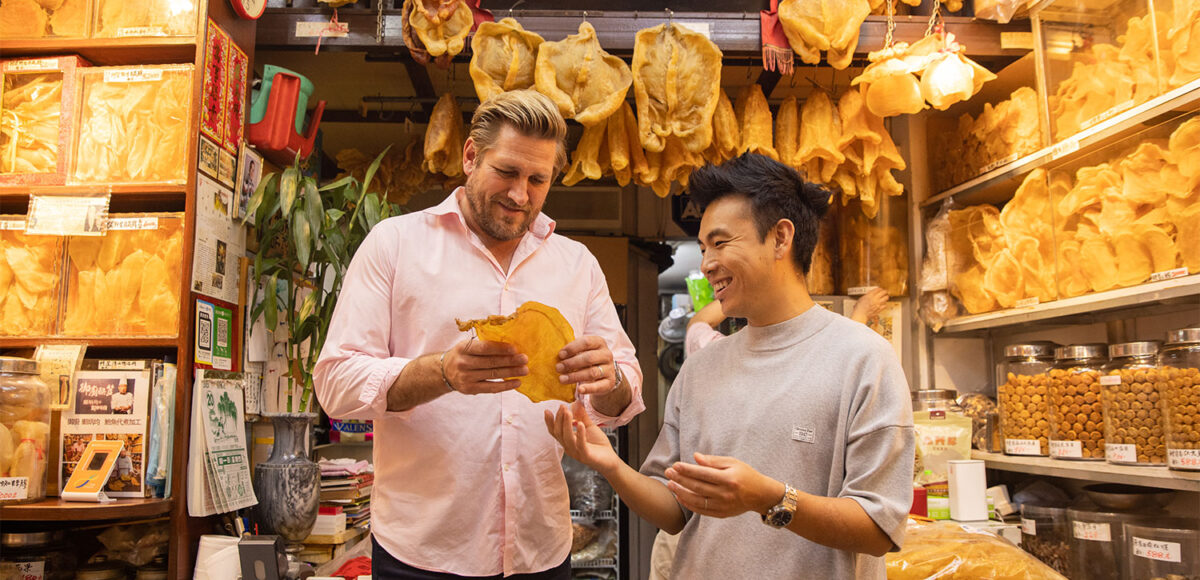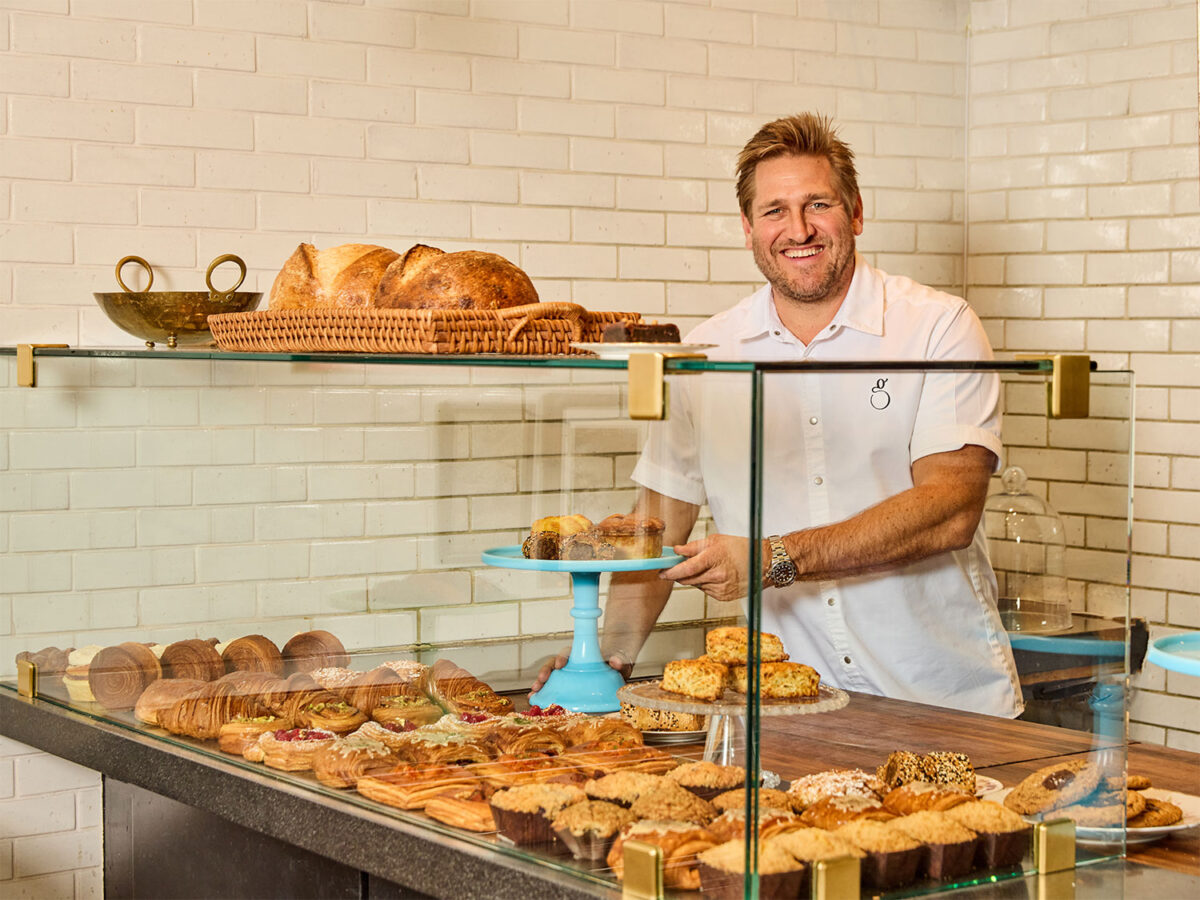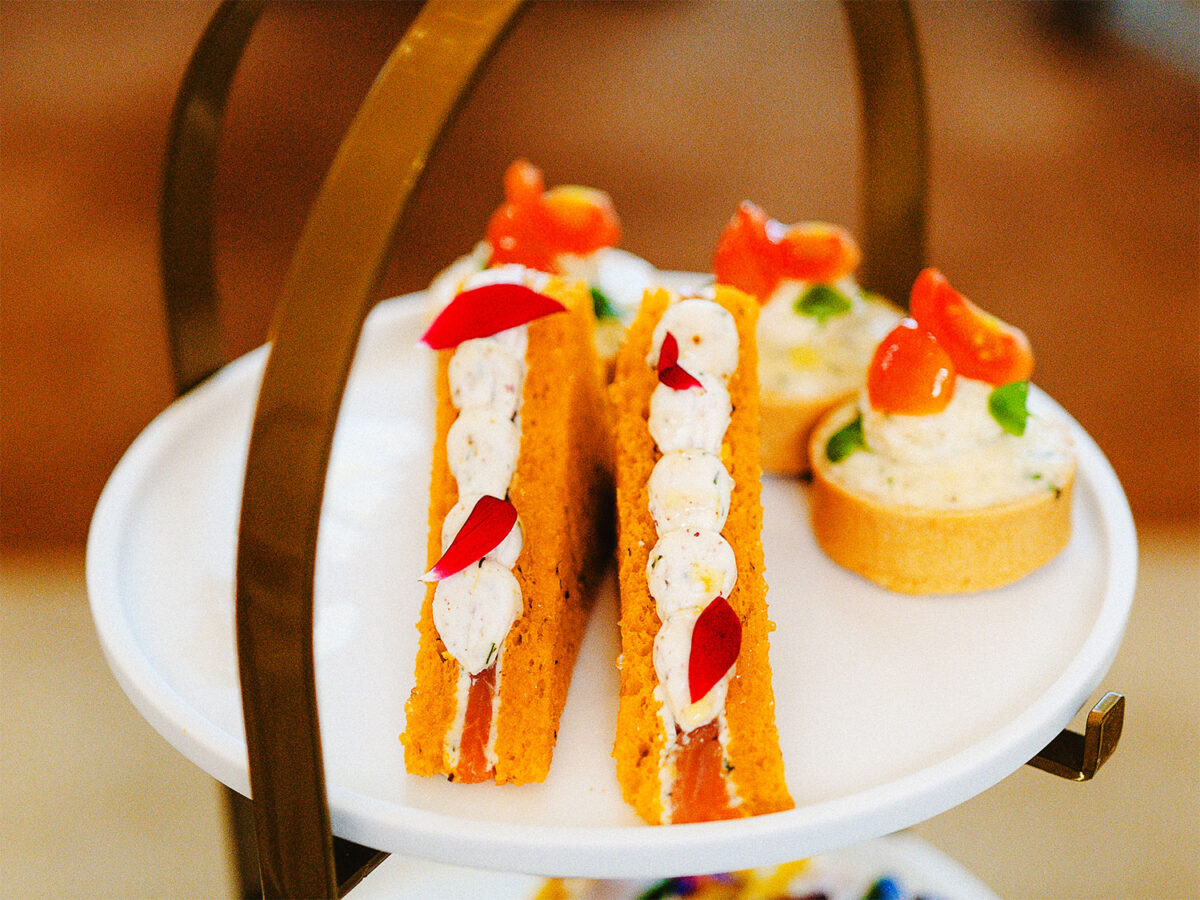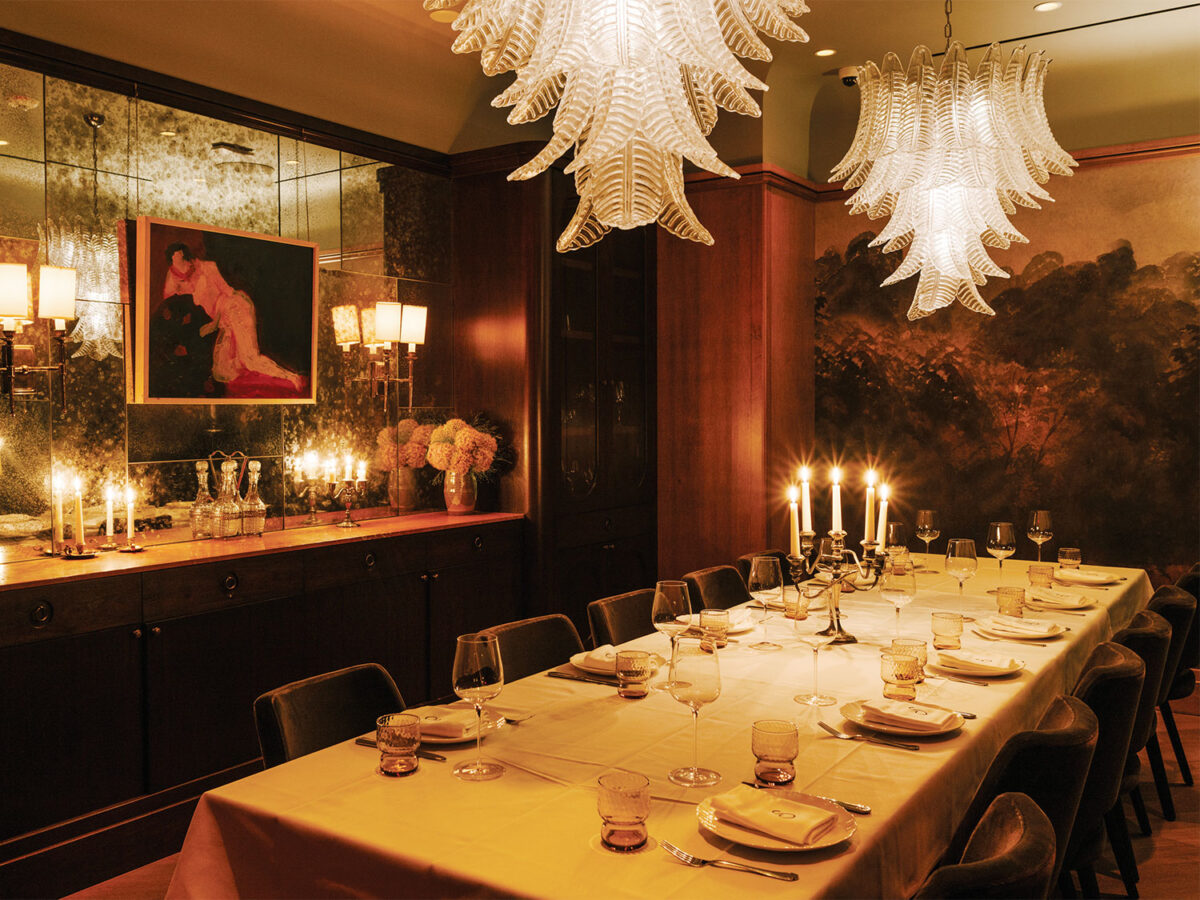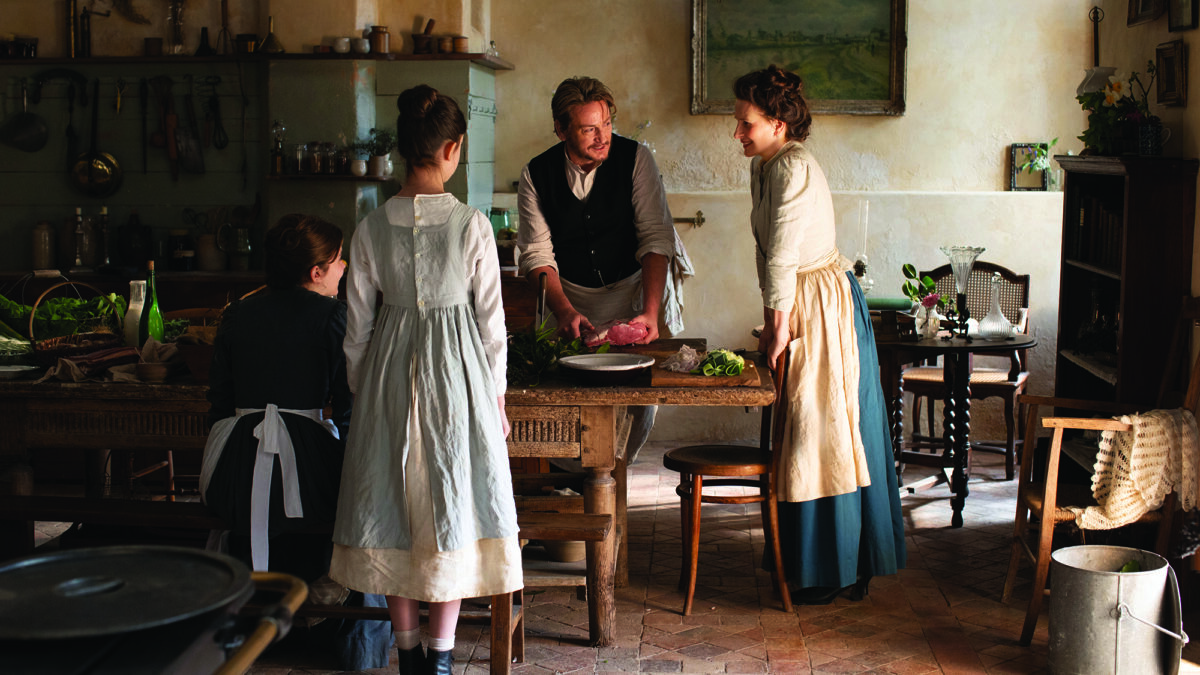Los Angeles-based Australian chef Curtis Stone is the proud proprietor of two Michelin-starred restaurants—the upscale Maude on South Beverly Drive in Beverly Hills and the meat-centric Gwen on Sunset Boulevard in Hollywood. This April, the gregarious Stone takes a culinary journey to Hong Kong in the second season of “Field Trip with Curtis Stone” on PBS.
During the one-hour debut program, Stone takes us behind the scenes in Hong Kong. He visits with friends, farmers, fishermen and cooks in markets, restaurants and obscure locations, to uncover unique customs, rare ingredients and preparations that make up the fabric of this fascinating culture. Here is a taste of what he uncovered in Hong Kong and what you might find on the menu back home.
BHC: Why was Hong Kong your first choice for the new season of “Field Trip”?
Curtis Stone: Plans were in the works to get to Hong Kong four years ago, and well, we all know what happened. We had not been to Asia in the [first] Field Trip series, though I have traveled to Hong Kong several times and have always loved it. The city is dynamic with such an incredible quilting of history and old traditions, coupled with the new and modern.
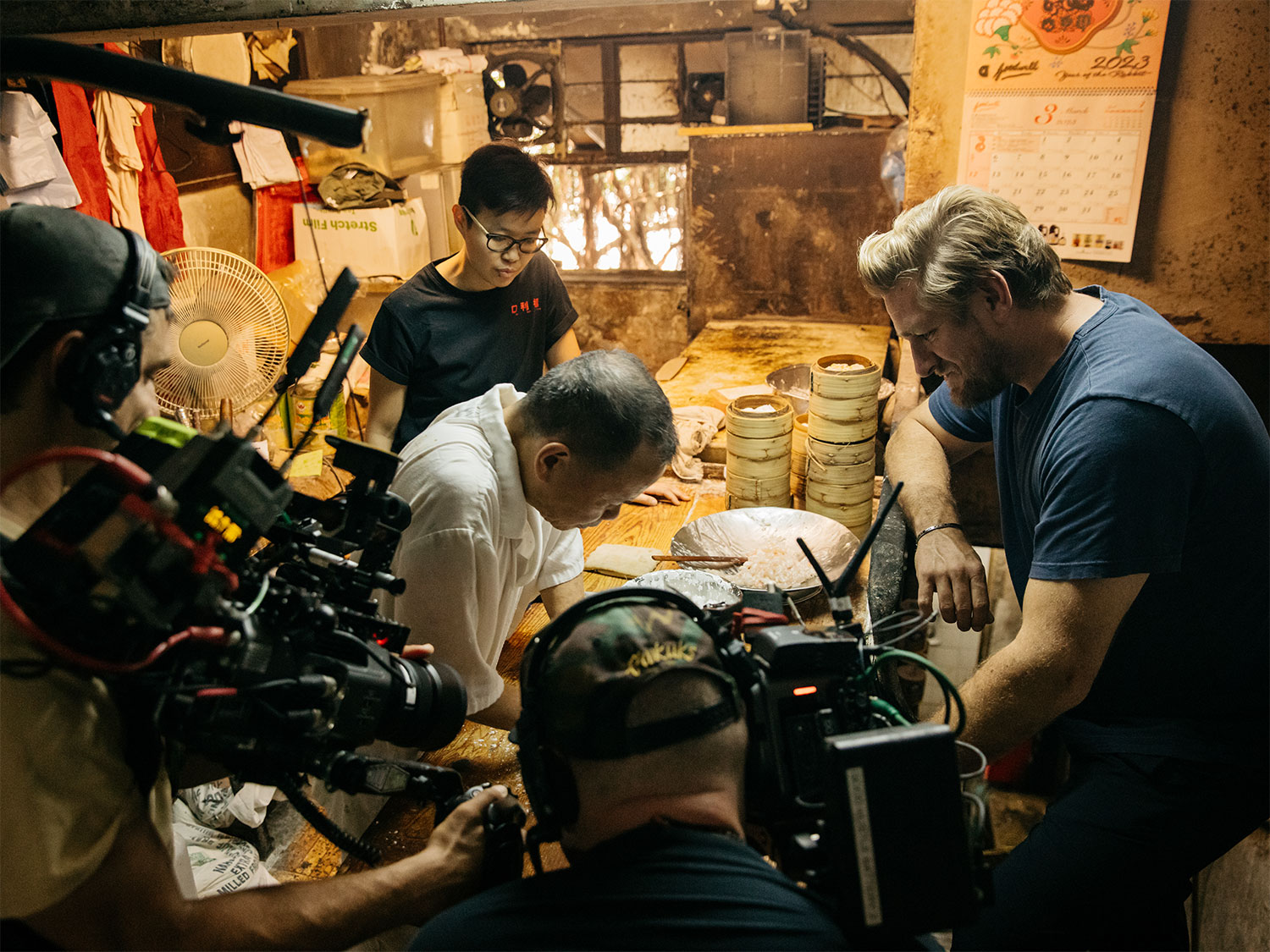
What surprised you the most about the country and culture on this trip?
I think that blending of the old and the new was not something I expected to intertwine so seamlessly. Old temples dot a modern metropolis, and you could easily pop into an old noodle shop for an inexpensive lunch and be eating at a Michelin-starred restaurant for dinner.
Did you discover any new and interesting ingredients on the journey?
I had no idea about the reverence given to dried seafood. Michelin-starred chef Vicky Chen of Vea met me on Des Voeux Road and introduced me to ingredients that are far more expensive than the caviar and truffles on Western menus. I had never encountered dried fish maw, which are the bladders of larger fish like sturgeon. So many dried ingredients have medicinal uses. Vicky told me that his mother would visit these shops as she would a pharmacy when he got sick. We picked up some dried sea cucumbers and went back to the restaurant where he showed me the rehydrating process, which can take up to a week and how he uses his background in French culinary techniques to present them on his fine dining menu.
In the small fishing village of Tai O, I encountered a woman in her 80s who was curing the yolks of duck egg. Her name was Po Po. She separates hundreds of the whites and yolks a day and lets them dry in the sun. She gifted me a few.
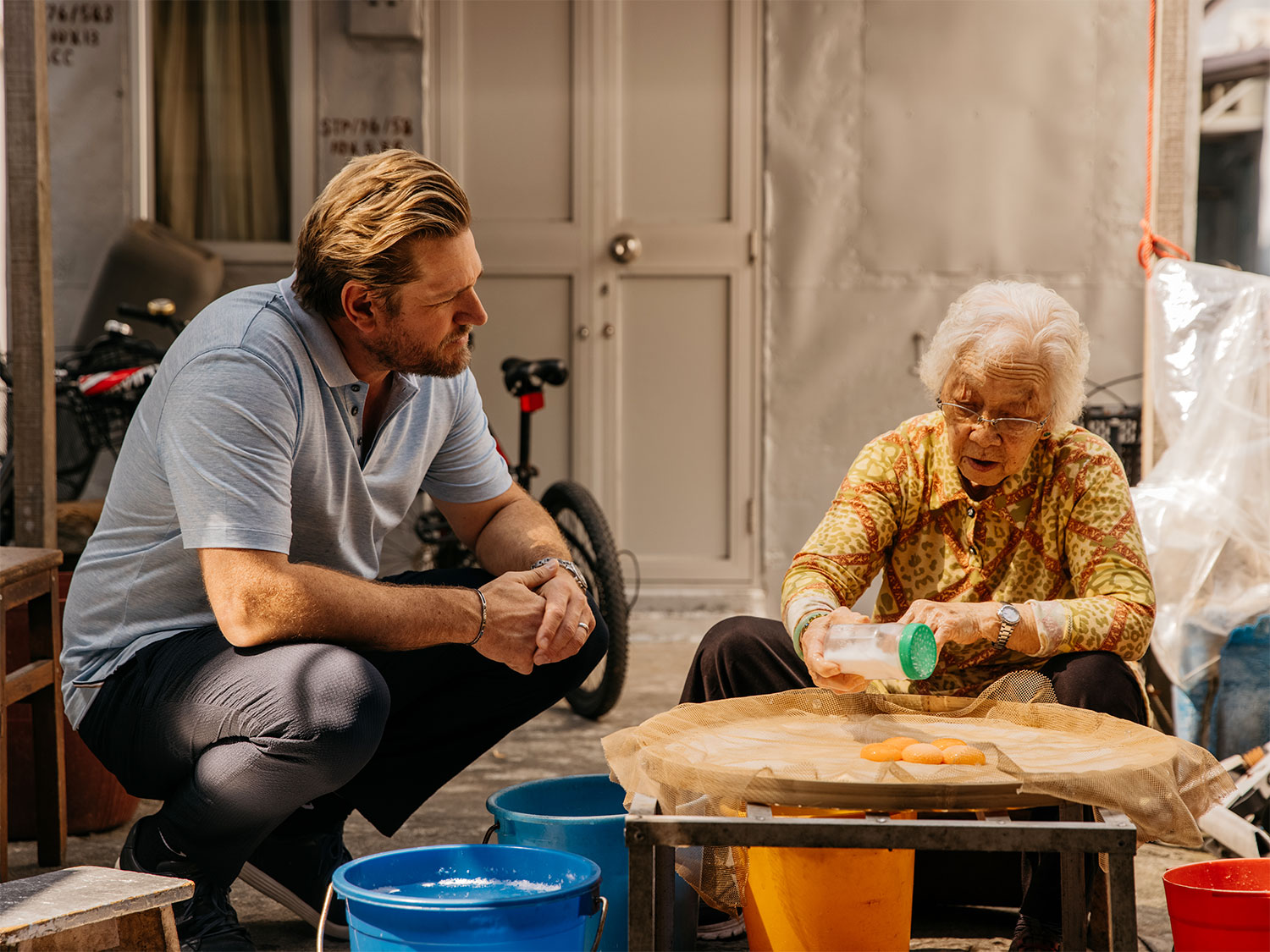
Are you utilizing any of them back home in your kitchens at Maude or Gwen?
I have grated the dried egg yolks over pasta at home. They have an umami quality to them that just melts into the dish. I am not sure either restaurant is quite ready for the sea cucumber serving, but it was incredible. I would not be able to do it justice the way Vicky did either.
Why is Hong Kong a good travel destination right now?
There are a million things to do in Hong Kong. Beyond first-rate shopping and cultural experiences, of course, I am all about the food. Archan Chan worked for my mate Andrew McConnell in Australia. She is manning the wok at an incredible spot called Ho Lee Fook. It is rare to see women leading a restaurant, but Archan is a trailblazer. The whole crew loved her. Before she invited us over and cooked dinner, we met up with her at her favorite dumpling spot, Saam Hui Yaat, where the dumpling master has been at it for 40 years. She showed such respect for her elder who was filling hundreds of baskets a day with different shaped dumplings. Next, Archan took us to the island of Sai Kung and the boardwalk where we bought her favorite razor clams from vendors with small boats selling their catch. We ate so well during our time there. From that old school dim sum, to celebrating a cameraman’s birthday over hot pot, to our first crew meal of Peking duck to a lunch of Peking goose. I mean, go for the food alone.
Do you have any seasoned tips for navigating and working with jet lag?
I am one of those enviable people who can fall asleep at the drop of a dime. The best jet lag tip I have heard, which seems to work, is to drink a bottle of water every hour you are on a flight. You will not get dehydrated and will have an easier go of making the time adjustment on the ground.
When preparing for a trip, what can you never leave home without?
I do everything in my power not to check luggage. My Rimowa is my trusty carry on. Also, my favorite pro tip is to pack things wrinkled and have clothes laundered and pressed at the hotel.
Where else will you be traveling for the series?
I am looking to show off more of Australia at some point and may do an episode closer to home in Los Angeles.
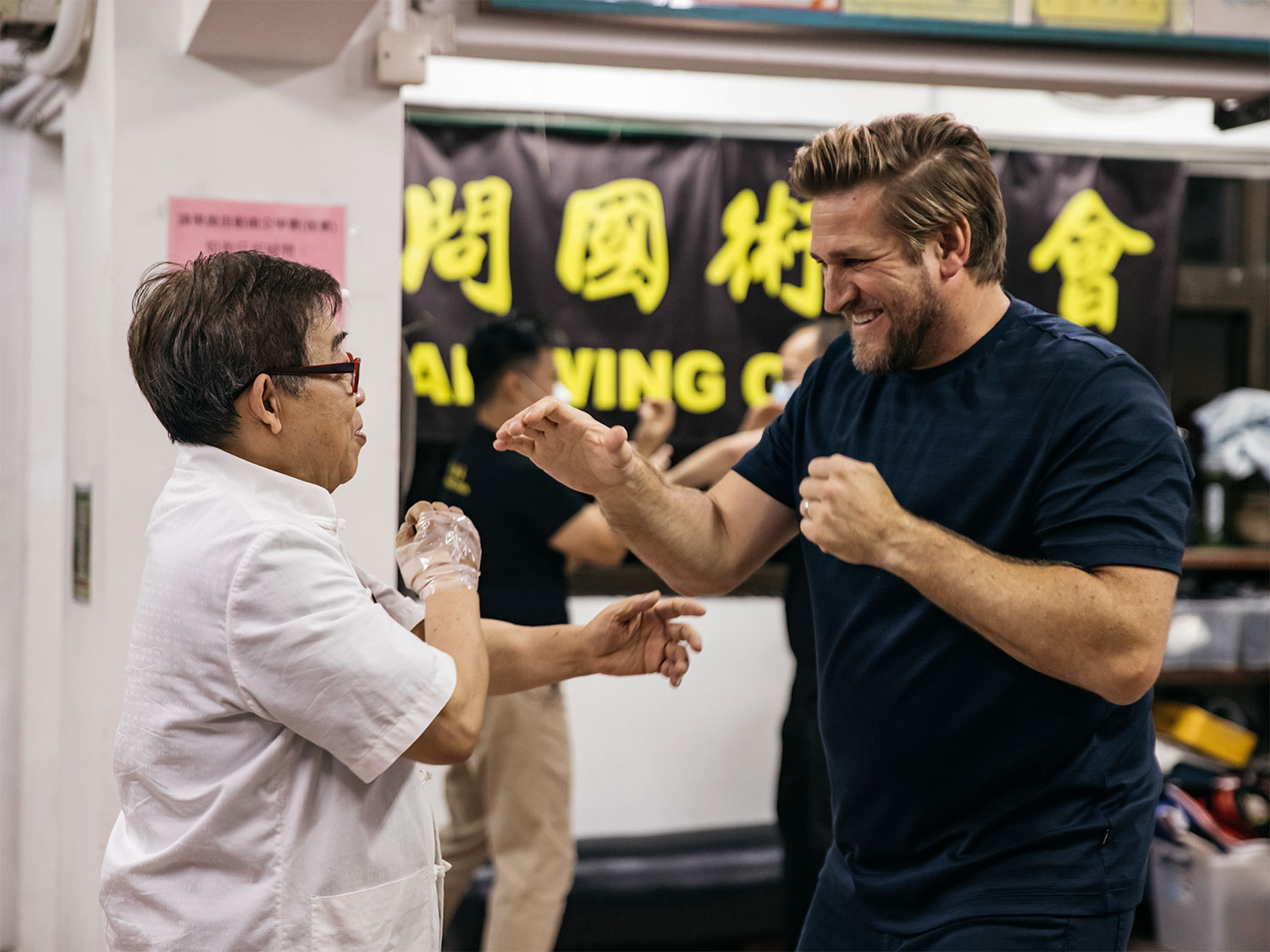
Curtis Stone’s Top Five Essential Experiences in Hong Kong
- Head to a rooftop bar at night to catch the famous light show on Victoria Harbor.
- Hit up Kung Ho Beancurd Factory in the Sham Shui Po neighborhood. Renee So left her career in finance to help her dad with the family business. The sweet tofu pudding is something I never tasted before and delicious. They have been making the tofu the same way for the past 60 years.
- Visit Tai O on Lantau Island if time allows. You’ll be rewarded with street vendors, fishing boats, men playing Mahjong on the decks of stilted houses, and a shrimp paste that will enhance your fried rice game.
- Get out of your comfort zone. I met Sam Lau, a man almost twice my age and a martial arts legend whose most famous student was Bruce Lee. He masters in Wing Chun and quite easily humbled me and kicked me into next year.
- Walk as much as you can. While there is great public transportation, I enjoy seeing as much of a city on foot as I can. The network of escalators on Hong Kong Island is like nothing I have ever witnessed.



